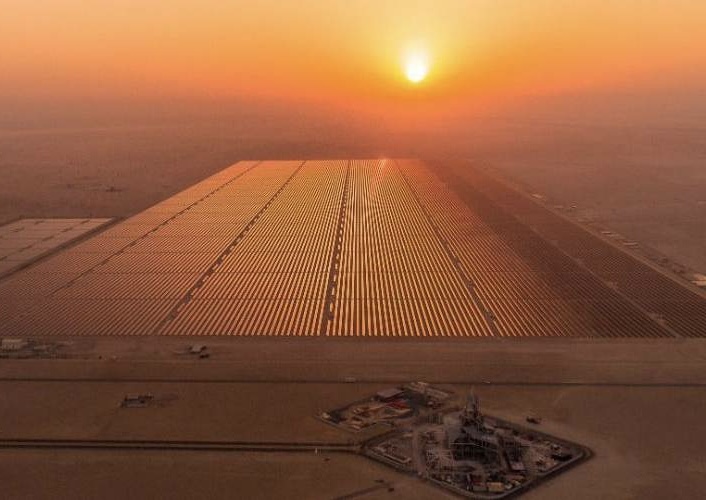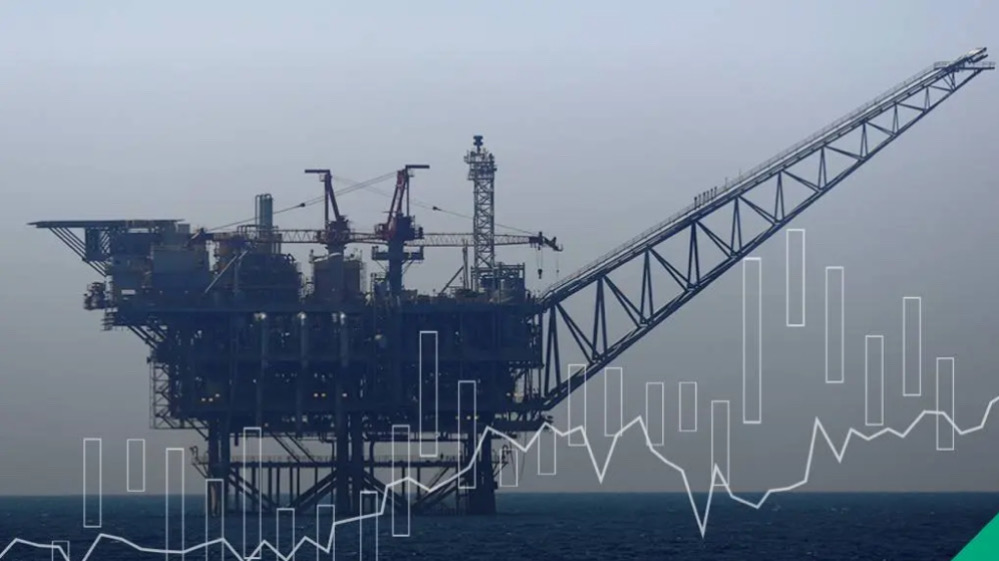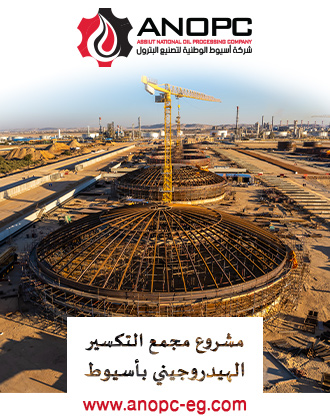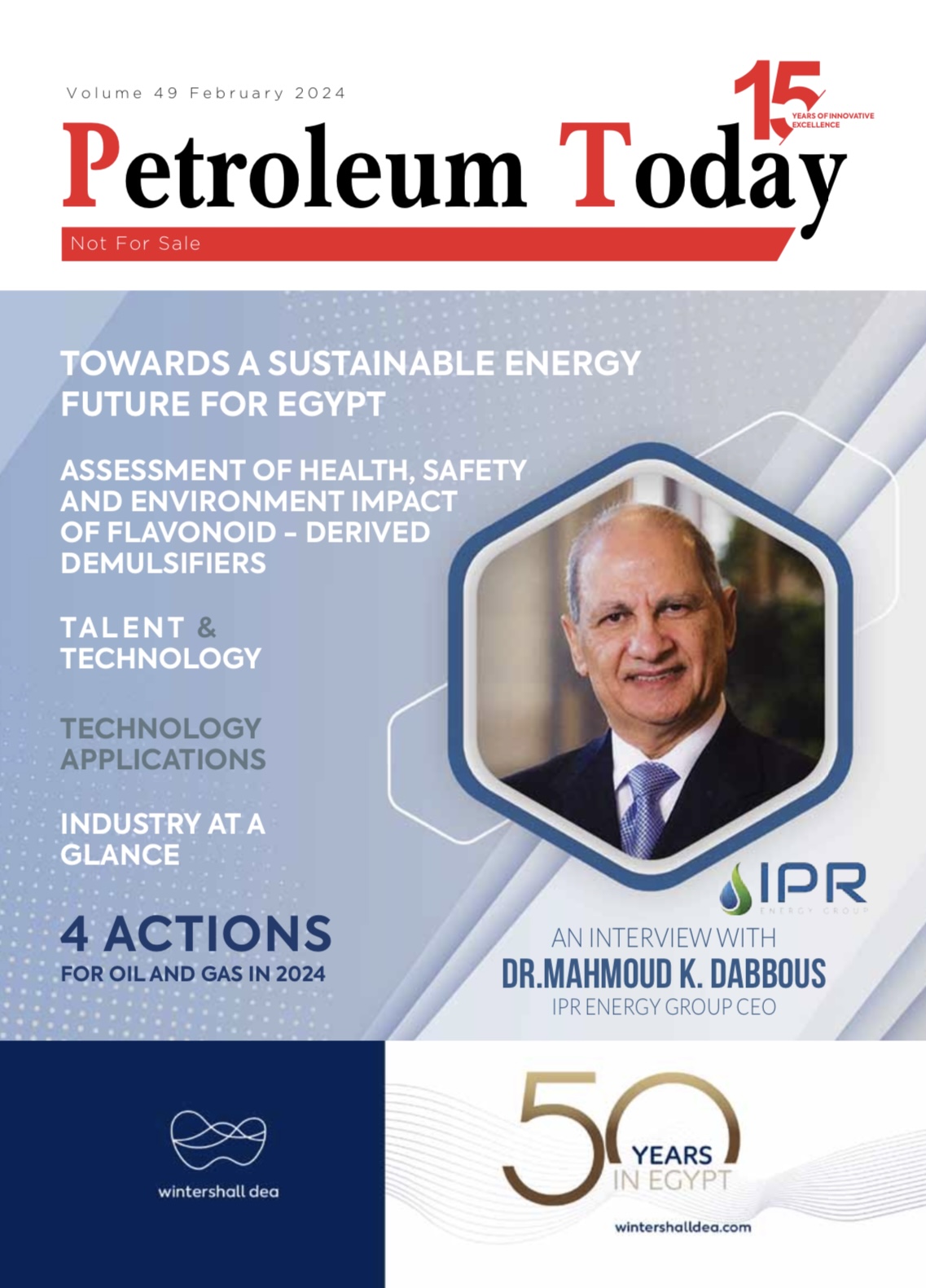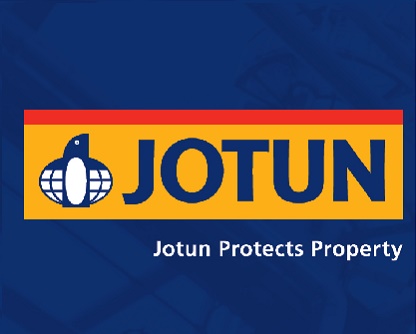Reports
Mediterranean LNG Market Evolution
Published on : 2019-10-26

The transformation of global and regional LNG trade over the last
twenty years has been a story of rapid growth, change and increased flexibility
in LNG cargo movements.Asia continues to predominate global LNG trade, but the
European LNG market has promoted significantly in the past decade and seems
destined for sustained growth and change over the next decade or so. Despite
the LNG import market in North America being overwhelmed by unconventional gas
developments in the last few years, future sustained development of LNG demand
in Asia and Europe are enhanced by firm new project commitments.
A number of North American LNG export projects are progressing to
supply this growing market demand in Europe and Asia. Unprecedentedgas
discoveries in deep-water offshore Eastern Mediterranean and East Africa are also likely to
compete for LNG market share in growing Asian and European gas markets. The regional
statistics reveal the complexity of commercial, political and technical drivers
at play, particularly in the case of Europe, and how these drivers are collaborating
to boost future demand for LNG.
State of the LNG Industry and Global Trade
For the fifthsuccessive
year, global LNG trade set a record, reaching 316.5 million tonnes (MT). This
marks an increase of 28.2 MT from 2017, equating to 9.8% year-on-year (YOY)
growth. The continued growth in trade was supported by increases in LNG output
from liquefaction plants ramping-up and coming online, more than offsetting
lower production from several legacy projects.
Australia led
all exporters in gradual growth (+12.2 MT), supported by the Wheatstone LNG and
Ichthys LNG projects. The United States was again the second-biggest driver of
LNG supply growth, adding 8.2 MT as trains at Sabine Pass LNG operated for the
full year and Cove Point LNG came online. Asia continued to be the driver of
international LNG demand growth, as China broke its own record for gradual LNG
by importing an additional 15.8 MT in 2018. This was driven by the powerful
enforcement of environmental policies prepared for promoting coal-to-gas
switching as well as continuing economic growth. Other key markets that lead
global LNG growth includedIndia, South Korea, and Pakistan, which took in a
combined 12.8 MT of incremental imports. The Pacific Basin continues being the
key driver of trade growth, with intra-Pacific trade flows reaching a record
134.2 MT, confirmed by Australian production and Chinese demand.
East Med Gas
Potentials
Massive gas reserves are considered the game changers in the East Med. The three big finds of that period – Egypt’s offshore Zohr field, with reserves of 21.5trn cu feet of gas; the Israeli offshore Tamar and Leviathan fields, with 11trn cu feet and 22trn cu feet of reserves, respectively; and the 8trn-cu-feet Aphrodite find off the coast of Cyprus – have the prospect to transform the region’s energy landscape.
In Egypt, the Zohr Progress by ENI, among others, has led to a revival in gas production: output grew from a low of 3.9bn cu feet per day in 2016 to 6.65bn in February 2019. For Israel and Cyprus, the gas discoveries assure greater energy security and new export revenues. A group of other fields have also been and are starting to be developed, notably in Cyprus more recently.
Mediterranean Gas Infrastructure
and Liquefaction Plants
On 16thApril 2019, on the
occasion of the Mediterranean Gas Infrastructure Operator (MedGio), organized
by the Egyptian Natural Gas Company, Eng. Tarek El Molla, Minister of Petroleum
and Mineral Resources, delivered a speech, in which heassured that the
Mediterranean region holds a significant importance in the world order
politically, economically and geographically.It is gaining major significance
over the coming years, in the light of the existence of abundant gas resources,
due to the big discoveries especially in the Eastern Mediterranean Region. El
Molla assured that cooperation among the Mediterranean countries, members of
MedGio, will consolidate the available infrastructure, in the light of the
growing strategic importance, for the security of energy supply, in which the
gas represents a fundamental role towards cleaner energy system.
Compared to other
countries on the Mediterranean, Egypt’s gas infrastructure is more developed. It has a relatively large natural gas
export infrastructure, but is underutilized. With a total length of 7,485 km of
transmission grid and 38,000 km of distribution grid, Egypt has the biggestinfrastructure
in the East Mediterranean area.Connecting the Mediterranean
discoveries to Egyptian infrastructure necessitateultimately lower investment
than the construction of Greenfield LNG facilities in Cyprus or Israel. The
Egyptian option is beneficial to all parties involved and enhances the role of
Egypt in the region and its ability to secure revenue from being a transit route
and re-operating the two LNG plants.
Global
liquefaction capacity still in the widespread phase of build-out that began in 2016,
driven largely by capacity additions in Australia, the United States, and
Russia. Between January 2018 and February 2019, 36.2 million tonnes per annum
(MTPA) of liquefaction capacity was added.
In September 2018, Egypt signed an agreement with Cyprus to connect Aphrodite gas field to its liquefaction plants in Idku and Damietta, whereby Cypriot gas would reach Egypt via a marine pipeline to be liquefied and re-exported. Also, $15 billion worth of gas from Israel’s Tamar and Leviathan fields will be processed in Egypt as part of a 10-year deal between the Israeli Delek Drilling Company and the Egyptian Dolphinus holding company.Existing LNG terminals on the two branches of Nile Delta provide Egypt with an edge as a transit point for gas coming from Cyprus and Israel. The two plants are capable of exporting 1.8 BCFD, providing a platform to handle the combined production of both Leviathan and Aphrodite gas fields.
Egypt’s strategic location and an infrastructure including refineries, liquefaction plants and petrochemical factories, poises it to become an important trading and distribution center for natural gas. This is a boost to Egypt’s international standing to grow reliance on natural gas, especially from Europe. EU gas demand is rated to range at around 400 billion cubic meters per year. Currently, Russia and Norway are considered the leading suppliers to the EU.
Regional Integration
between East Med Countries
A series of
major natural gas discoveries made in recent years and the prospect of
substantial hydrocarbons resources waiting to be tapped beneath the Eastern
Mediterranean waters have sparked major international interest. If developed in
a successful way, they may significantly alter the energy picture in the Mediterranean
region. They may also be a force that enhances energy security, economic evolution
and regional cooperation. If not, they might become a major component of the
geopolitical struggle, fuel existing disputes and add to the various anxieties
in the region and beyond.
Egypt’s Steps towards Regional Integration
Egypt is in a
strategic location and proximate to the gas resources-rich countries, which
helps it to take steps towards regional integration. Egypt Initiated a
strategic dialogue with the EU on energy and Signed a Memorandum of
Understanding on an Egypt-EU Strategic Energy Partnership (April 2018). It
signed an agreement with Cyprus to establish a natural gas subsea pipeline
between the two countries, in order to facilitate natural gas delivery from
Cyprus to Egypt’s liquefaction plants in Idku and Damietta. (September 2018).
With Jordan, both countries signed MoUsbetween natural gas companies to
regulate the sale and purchaseof natural gas (January 2019). Also, it signed an
MoU with Iraq and Jordan to transport Iraqi natural gas and crude oil to Egypt
via Jordan.
The discovery of hydrocarbon resources presents anexceptional
window of opportunity for regional cooperation, and long
term energy security. Exploitation and transportation of these resources in a
timely and effective way could pave the way for minimizing the time-to-market
and boost the access to more valuable markets. Influential cooperation between
the different countries and the energy companies active in the area could result
in “optimal” investment decisions, such as the development of joint export
infrastructure for fields located in various countries. As mentioned by Amos J
Hochstein, US former Special Envoy for International Energy Affairs, countries will
save billions if they share infrastructure and market access. If they don’t
share those resources, most of the gas will have to stay in the ground.


